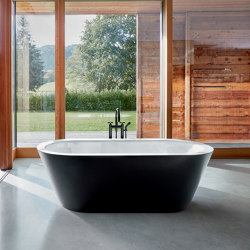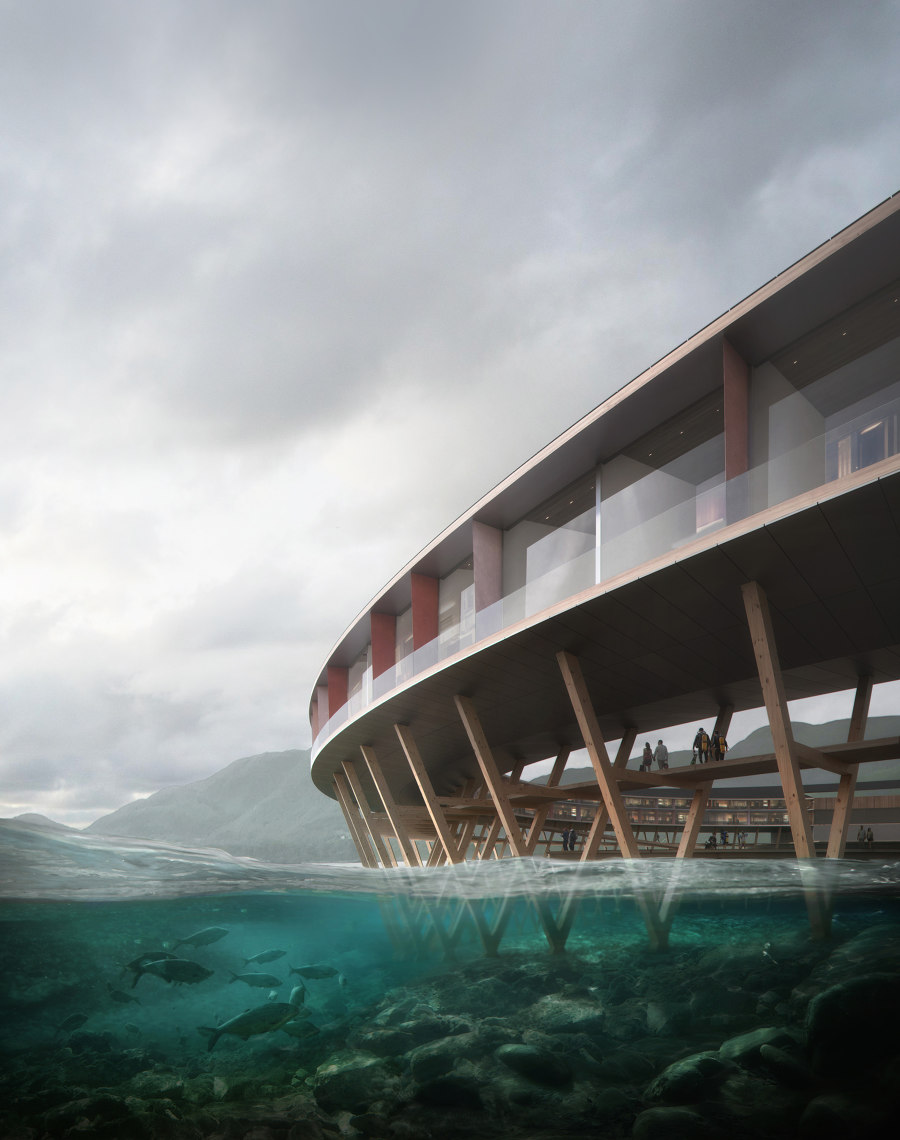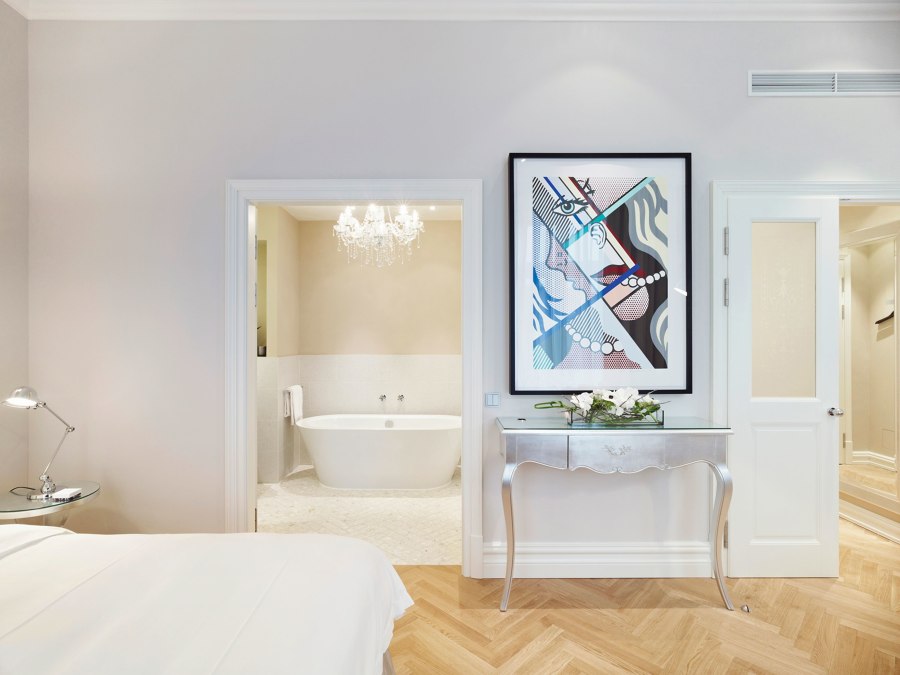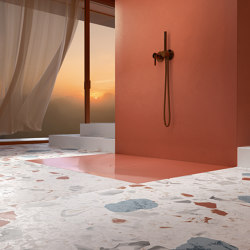A sustainable future for hospitality design: the Bette Intelligence Series
Brand story by Tansy Kaschak
Delbrück, Germany
19.09.22
In the first installment of the Bette Intelligence Series – three consecutive features sponsored by the German bathroom specialist –, multidisciplinary journalist and sustainability expert Tansy Kaschak takes a look at the contemporary hotel landscape and investigates how the industry is shifting focus towards a detail-oriented, long-term environmental commitment.
Hotel projects around the globe have specified Bette products for their bathroom designs. Nobu London Portman Square, for example, chose the freestanding BetteStarlet Oval Silhouette for their exclusive suites. Photo: © Jack Hardy
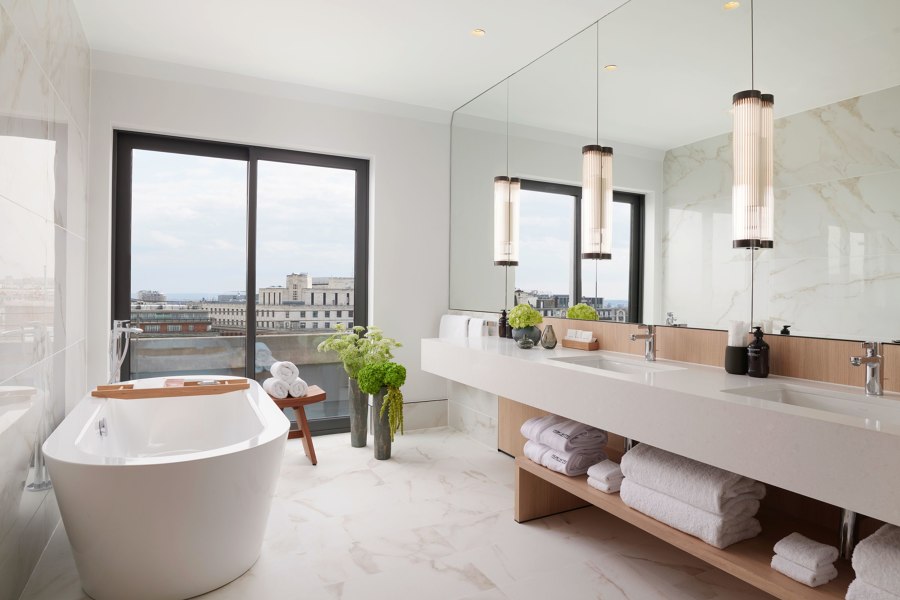
Hotel projects around the globe have specified Bette products for their bathroom designs. Nobu London Portman Square, for example, chose the freestanding BetteStarlet Oval Silhouette for their exclusive suites. Photo: © Jack Hardy
×Hospitality is an industry made of people being hospitable to people, and our interaction with places is its foundation. If the zeitgeist of our era lies in the perpetual dance of shock and awareness of how we treat each other and the planet we live on, what considerations should we pose to inform and shape what’s next for hotels? If there’s ever been a moment to think about the future of hospitality, this is it.
We travel to discover new horizons and to be inspired by how human beings have made near and far corners of the world our home. In that sense, the way hospitality is built – in the actual, physical meaning of the verb – is paramount to what kind of experience it will offer those who visit and its impact on the environment. The form and structure of a building often dictate the flow of life that will inhabit it and its surroundings. Materials play a big part too. Because of the anatomy of our brains and senses, the sight, texture, sound, and smell of objects and surfaces can directly and profoundly influence the emotional memory we collect and embed. And what is travel if not collecting memories? And what is hospitality, if not a chain of emotions?
Tansy Kaschak is a journalist, social + environmental responsibility consultant, and EIC of future-forward culture and travel platform A Hotel Life. She consults worldwide on innovation and her work has appeared in CN Traveller, Vogue and GQ
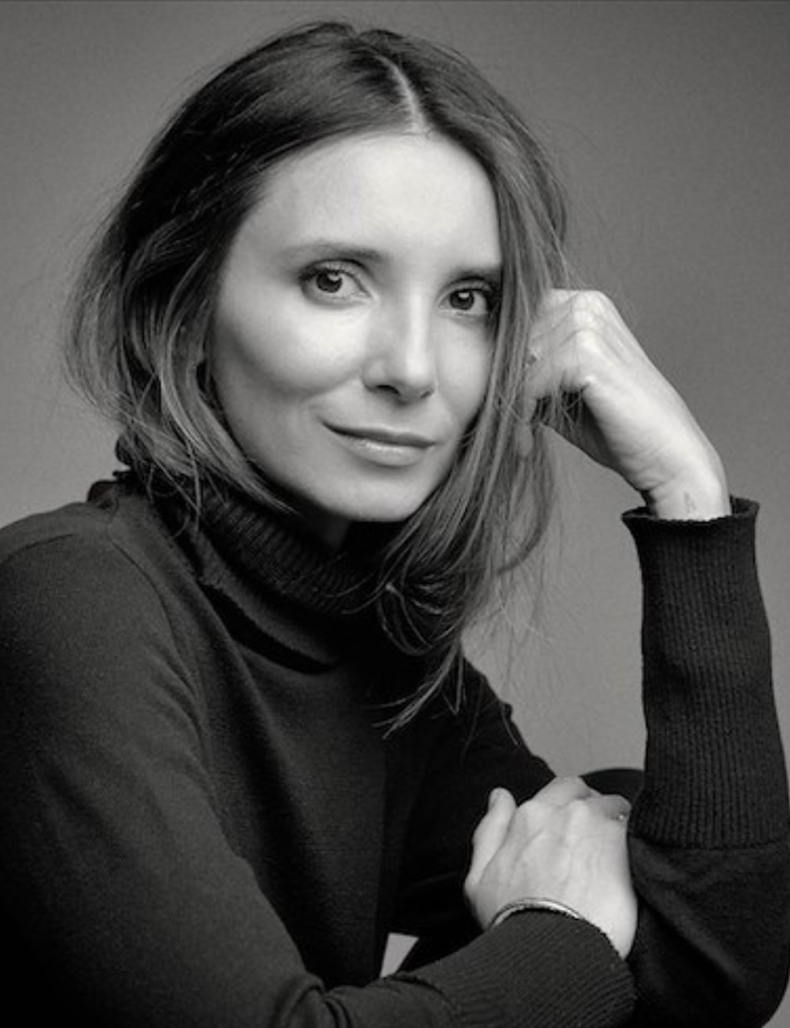
Tansy Kaschak is a journalist, social + environmental responsibility consultant, and EIC of future-forward culture and travel platform A Hotel Life. She consults worldwide on innovation and her work has appeared in CN Traveller, Vogue and GQ
×Climate positive projects
In the quest for innovation and to open properties that are already born a sensation because of their ahead-of-the-curve commitment to sustainability, larger-than-imagination projects are coming to life. The upcoming Svart, in the Arctic Circle, designed by Norwegian architects Snøhetta and Hot Heart, just off the coast of Helsinki, designed by New York and Turin-based architect Carlo Ratti Associati promise to be not only self-sufficient but climate positive, generating energy they will supply to nearby communities.
The industry is evolving to shift the focus from the initial cost that investing in future-forward features may incur to understanding that long-term vision pays off by reducing further spending and waste
These are one-of-a-kind and highly complex examples that fuel radical thinking. Their limelight is one of the signs indicating that every hotel seeking a place in the future must be sustainable. Sustainability in hospitality design is moving from experimental or buzzwordy to the new norm. The industry is evolving to shift the focus from the initial cost that investing in future-forward features may incur to understanding that long-term vision pays off by reducing further spending and waste.
Projects such as Snøhetta's Svart hotel in the Arctic Circle (top) and Carlo Ratti's Hot Heart close to Helsinki (bottom) are one-of-a-kind hospitality examples that fuel radical thinking. Photos: Snøhetta & CRA-Carlo Ratti Associati
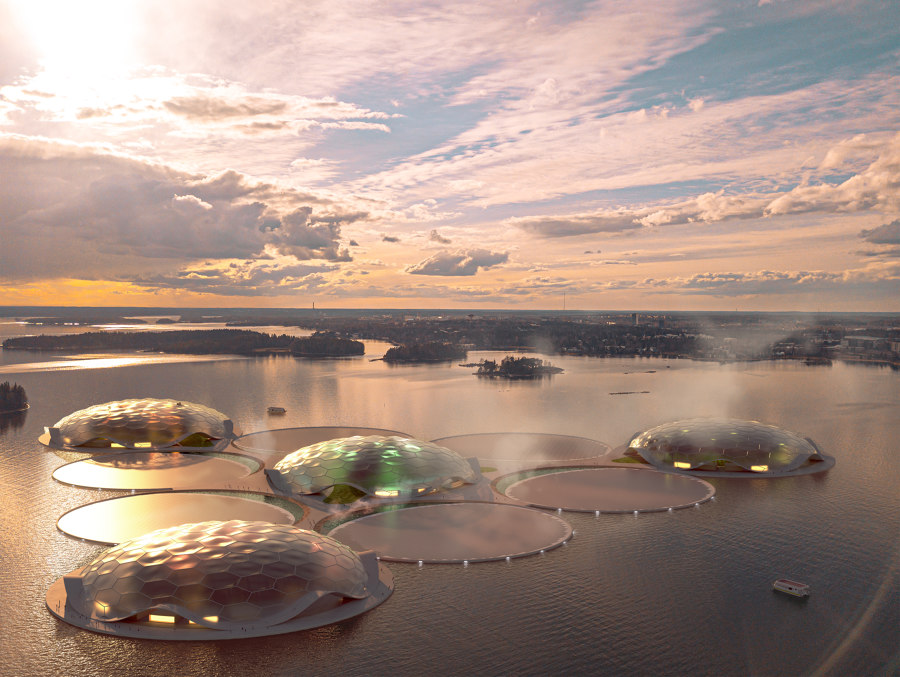
Projects such as Snøhetta's Svart hotel in the Arctic Circle (top) and Carlo Ratti's Hot Heart close to Helsinki (bottom) are one-of-a-kind hospitality examples that fuel radical thinking. Photos: Snøhetta & CRA-Carlo Ratti Associati
×Sustainability as the baseline
'Sustainability is the baseline from where any aspects of creation must start,' says Bernadette Blanc, architect and creative director. Her work spans collaborations with major industry developers and players like Ian Schrager Company, EDITION Hotels, HFZ Capital, the Witkoff Group, and 10-5 Hospitality.
For her projects, Bernadette enlists architects and designers of the highest international recognition, like Pierre Yovanovitch, Gilles et Boissier, and Bryan O’Sullivan, to name a few. 'We have to look into all the basic aspects, like energy efficiency, resources management, and carbon footprint, but also to be specifically diligent about the vendors we work with and the pieces, products, and materials they can provide, the ability to work with local manufacturers and artisans and support the skill and craft whilst also keeping sourcing local. This is not only fundamental to the final product quality but also the overall story of sustainability,' says Bernadette.
In line with all-important sustainability considerations, Bette products have a first-class eco balance and carefully employ natural resources. Photo (top): Hotel Sans Souci, Vienna. © Gregor Titze
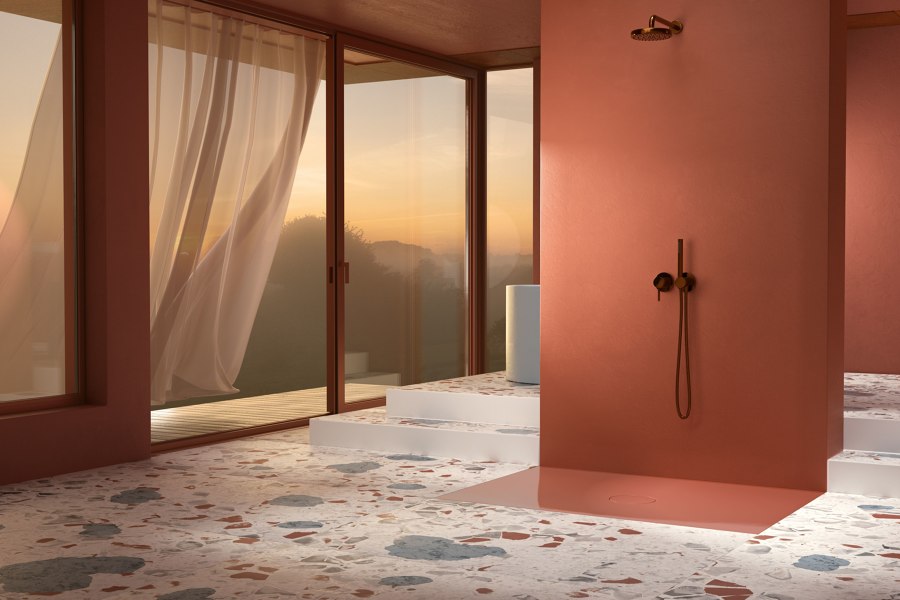
In line with all-important sustainability considerations, Bette products have a first-class eco balance and carefully employ natural resources. Photo (top): Hotel Sans Souci, Vienna. © Gregor Titze
×A unified design approach
From the building foundation and its relationship to its natural scenario to the choice of lights, sensors, faucets, toilets, appliances, textiles, and furniture, every decision counts, and longevity is vital. The ubiquitous challenges when building a hotel are budget and schedule — which is true more today than ever, especially with widespread supply and demand issues. Bernadette explains that if we can have a unified approach where all of the things that end up in a hotel, from guest rooms to corporate offices and public spaces, are thought up upfront in a project, then there is an ability to source items that are more artisanal and may take longer to produce but will last longer.
From the building foundation and its relationship to its natural scenario to the choice of lights, sensors, faucets, toilets, appliances, textiles, and furniture, every decision counts, and longevity is vital
To bring to life a hotel that responds to current needs and builds a design, lifestyle, and sustainability legacy, hoteliers, developers, designers, architects, and makers must work with a cross-disciplinary approach. 'In an integrated project, we open up the options of what’s available instead of having to resort to mass production and quick ships, which is more mindful of planet and people and often results in a better design because you are considering every aspect of those touchpoints,' completes Bernadette.
© Architonic
Head to the Architonic Magazine for more insights on the latest products, trends and practices in architecture and design.
More about Tansy Kaschak


